Discussions of organizational stakeholders routinely include shareholders, employees, and customers. An equally important constituency, however, is made up of the channel sales partners, including sales people working for those companies forming the distribution channel. These partners are motivated differently than employees or customers, as they must first and foremost address the needs and priorities of their own distinct businesses. Although they are the direct link to the customer and therefore the face of the brand to the consumer, one brand may only represent ten percent of the channel partner’s revenue and therefore, theoretically, only ten percent of his or her focus. Increasing mind share and deepening the relationship to the channel partner is crucial to the sales process.
But We Give Cash…
A recent Incentive Federation study found that only 26% of organizations are currently offering non-cash rewards programs to engage channel partners. The Enterprise Engagement Alliance, however, reports in Channel Partner Engagement that, “Companies that implement non-cash reward and recognition programs for their channel partners report annual revenue increases averaging 9.6%, compared to an average of only 3.0% for all other companies.” No organization can afford to leave 6.6% on the table because of ineffectual program design, but many program planners are doing just that, based on the misconception that cash programs are easier and more effective.
In fact, in the related field of employee engagement, extensive research shows that non-cash rewards actually inspire greater performance. The value of tangible awards – including merchandise, gift cards, and travel – is inflated in the minds of recipients and remains positively and memorably associated to the awarding organization. Cash rewards, on the other hand, are routinely minimized as they mix in with compensation, are lost to business expenses or bill-paying, and subsequently forgotten. Further, cash rewards are transactional exchanges, unlikely to create emotional connections.
Non-cash programs are both more efficient and more effective tools to drive performance and business relationships. They can act as an important way to gain twenty percent of mindshare, even if only representing ten percent of revenue, which will ultimately increase sales.
Never Miss an Opportunity with a Non-Cash Program
Further, the needs of the channel – including dealer principals and employees – are distinctly different from those of employees. Not only are their priorities different, but their access to product and brand information is limited. A non-cash program must be designed to connect to those needs and to provide the tools and resources needed for mutual success. An engaging program website provides these tools and can inspire future opportunities by inviting return visits.
Need for Brand Understanding – Communicate
Every time a channel partner or their representative returns to the program website to report a sale, to redeem points, or to select a tangible award, there is a tremendous opportunity to communicate. This can constitute the only opportunity that brand managers have to speak directly to those representing the brand to the consumer.
By making a program site easy to navigate and full of selling tools, product information, and brand messaging, an organization can ensure that the brand is a front-of-mind solution for channel partners and is easy to interact with. This also ensures that the message driven through to consumers is correct and reflects true brand values.
Rather than a transactional exchange of a sales report and a check, the website offers an opportunity to develop an interactive relationship between parties, where concepts and information are passed along with the reward. This stream of information should not only support brand goals, but also reaffirm that the channel partner will grow his or her own business by engaging with the brand.
Need for Information and Training – Learn
In their study, Partner Relationship Management, the Aberdeen Group notes that the top strategy of best-in-class organizations with channel partners was the “improve partner training/competency.”
Whether learning takes place on the website or in a conference room, channel reward programs are a perfect opportunity to deepen understanding of the brand promise, products, and policies. By increasing knowledge of the brand, mind share is increased and correspondingly expands the likelihood of sales.
This corresponds to the results of a case study reported by The ROI of Engagement and the Enterprise Engagement Alliance, the ROI in Channel Partner Conferences. In part one of the study, researchers found that channel partners invited to attend a conference and to learn about the product and the brand reported:
100% greater trust in the organization
97.6% have a better understanding of the value proposition
95% more certain that the products meet their customers’ needs
95% more certain that the organization meets their agency needs
Later 90% of attendees reported selling the organization’s products more frequently. Channel partners who had developed a relationship to the brand and who had the opportunity to learn more about the products sold more. In this case study, the incrementally increased sales directly associated with the conference were proven to be 2.9 times the cost of the investment.
Design Program to Maximize Engagement
In a loose affiliation of far-flung sales people, working for outside agencies, it can be challenging to establish a clear line of sight into the activities and trends of the channel. A comprehensive channel engagement program and website can provide a platform for tracking activity, identifying top performers, and targeting marketing and rewards strategically.
By engaging the sales channel with a website that provides the tools they need for success, organizations can also collect the data they need to understand the trends in performance of their channel partners.
Linking rewards with brand messaging and product information creates positive associations in the minds of the channel partners. Intangible awards extend this positive and memorable experience into the time both before the reward is attained and after it is received. This increases the reach and efficiency of the reward as a performance management tool.



